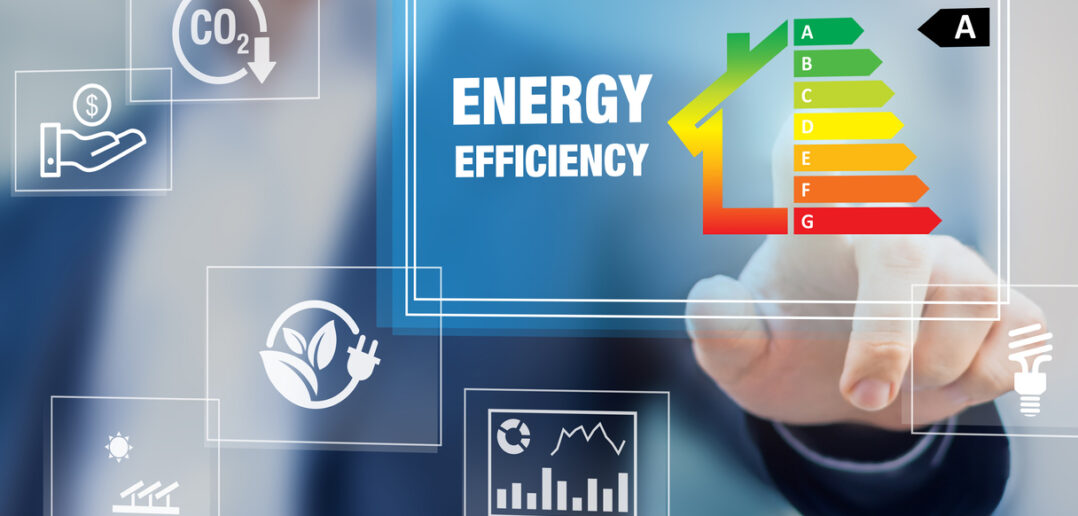Buildings contribute to around 40 percent of greenhouse gas emissions globally, and tenants are often responsible for up to 70% of energy use. The trouble is that traditional leases disincentivize investments in efficiency and other building performance improvements. This is because the building owner typically pays these costs, but the tenant benefits from the lower utility bills.

Margaret Lo Director of Business Engagement
To resolve this commercial “split incentive,” the Institute for Market Transformation has long advocated for adjustments in lease language that result in what we call a green lease or performance-based lease. Since 2014, we have partnered with the U.S. Department of Energy on the Green Lease Leaders program, pioneering what is now the industry standard. These mutually-beneficial leases strengthen landlord-tenant relationships and lower operating costs for both parties. They can also be used as a starting point for reaching larger environmental, social, and governance (ESG) goals like waste reduction, minority and small-business support, climate resilience, and better indoor air quality.
Participation in the program has grown more than 390% since our launch, and inquiries have doubled this year. This is likely because:
- Most major companies now have ESG goals, and, especially for service companies with sustainability goals, their buildings may be the largest portion of their carbon footprint
- Real estate companies are beginning to report on their sustainability initiatives using ESG frameworks like GRESB. Green leases can improve real estate’s sustainability accounting score through its energy and water management best practices, management of tenant sustainability impacts, and climate change and adaptation strategies. (GRESB Real Estate Sustainability Disclosure Topics & Accounting Metrics 2018).
- Accurate reporting on energy use helps companies with their SEC reporting.
- By using standardized, but customizable clauses or a leasing addendum, companies can lock in energy savings for the duration of their contract.
Traditional leases need to change to keep up with the role real estate is expected to play in climate action. Cities, counties and states have their own climate goals, and often buildings represent 50-75% of their emissions. To address building energy use, many are joining the National Building Performance Standards Coalition to explore legislation that mandates minimum levels of energy efficiency. These minimums are ambitious, and since tenants generally use the majority of energy, landlords and tenants will need to collaborate to comply. IMT’s model performance-based lease is specifically designed to help landlords and tenants navigate this type of legislation.
While it’s important to leverage leases for energy compliance and sustainability, there are also ample opportunities to use leases to further social goals of diversity, equity, and inclusion. Before the Coronavirus pandemic hit in 2020, the role of buildings in health was underappreciated, but health is just one example of how buildings play a huge role in our lives. Buildings serve critical functions in our communities by creating jobs, supporting small businesses or nonprofits, and by facilitating emergency response. Companies with ESG goals shouldn’t overlook the social goals that can be achieved through strategic building management. For example, building owners, and tenants can choose to lend office space to nonprofits or emerging businesses in historically under-resourced communities. As climate change makes weather less reliable, buildings can also serve as heating or cooling centers, or staging sites for disaster relief.
There are also ways to improve sustainability and equity simultaneously. For example, when making building efficiency improvements, decisionmakers can choose to use high-road contracting practices that provide local, fairly paid jobs to underrepresented community members. Leases can support these outcomes by including clauses that prioritize disadvantaged businesses for work.
Earlier this year, we announced a new Platinum level of the Green Lease Leaders program that provides additional credit to companies that use leases to improve health, social equity, and resilience. The inaugural class had nine members, a clear sign that many companies have already transitioned to a new way of thinking about real estate.
The bottom line is that now is the moment to incorporate green and performance-based leases into your ESG strategy. To learn more, visit the Green Lease Leaders website.



